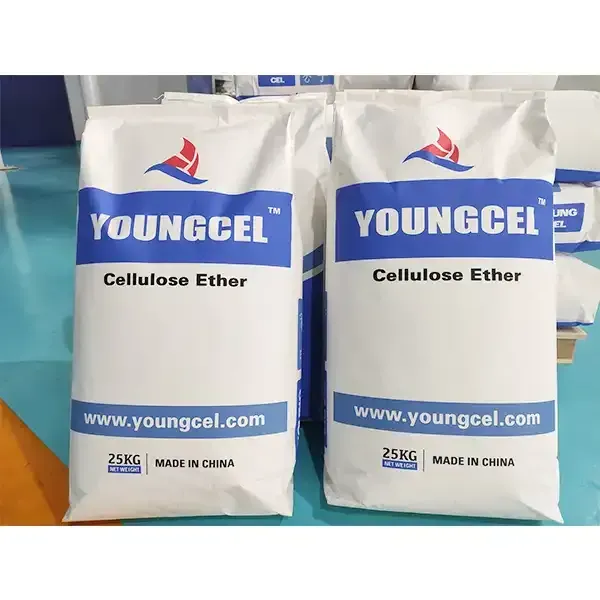Adhesion Additives Enhancing Bonding Performance in Materials
In the diverse world of materials science and engineering, the performance of adhesives plays a critical role in ensuring the longevity and effectiveness of various products and applications. Central to this performance is the concept of adhesion, defined as the ability of dissimilar materials to stick together. To optimize adhesion, engineers and scientists have developed a category of substances known as adhesion additives. These additives are essential in enhancing the bond strength, durability, and overall performance of adhesive formulations.
Understanding Adhesion
Adhesion involves complex physical and chemical interactions between adhesive and adherend surfaces. The effectiveness of an adhesive hinges on factors such as surface energy, texture, and chemical compatibility. In many cases, introducing additives can significantly improve these interactions, especially when bonding difficult substrates like plastics, metals, or composites.
The Role of Adhesion Additives
Adhesion additives are specially formulated substances incorporated into adhesives to improve bond performance. Their primary functions include
1. Surface Energy Modification Many adhesion additives work by altering the surface energy of the adhesive or the adherend. By increasing surface energy, the adhesive can better wet the surface of the materials, which is crucial for achieving a solid bond.
2. Chemical Bonding Some additives can chemically react with the substrate, creating covalent bonds that enhance adhesion. For example, silane-based additives may chemically bond to hydroxyl groups on the surface of glass or ceramic, yielding a stronger adhesive bond.
3. Dispersion Stability In formulations where solid particles are present, adhesion additives can improve the dispersion stability of these particles, ensuring an even distribution throughout the adhesive. This uniformity is vital for consistent performance across the bonded area.
4. Compatibility Adhesion additives can enhance the compatibility between different materials, especially when bonding polymers with very different properties. Compatibility is crucial to avoid issues such as delamination or adhesive failure.
5. Durability and Resistance Additives can also impart properties like flexibility, thermal resistance, and solvent resistance to the adhesive bond. This enhances the durability of the bond, particularly in demanding environments.
adhesion additive

Types of Adhesion Additives
There are several categories of adhesion additives commonly used in adhesive formulations
- Surfactants These compounds reduce surface tension, enhancing wetting and spreading on surfaces. They can be effective for a wide range of substrates.
- Coupling Agents Often silanes, these compounds promote chemical bonding between the adhesive and the substrate, significantly improving adhesion.
- Fillers and Reinforcements Certain fillers can not only improve the mechanical properties of the adhesive but also enhance its adhesion by creating a more textured surface.
- Plasticizers Adding plasticizers can increase the flexibility of the adhesive, allowing it to better accommodate movement and thermal expansion between bonded surfaces.
Applications of Adhesion Additives
Adhesion additives find applications across various industries, including automotive, aerospace, electronics, and construction. For example, in the automotive industry, strong adhesive bonds are critical for assembling lightweight composite materials to improve overall fuel efficiency. Similarly, in electronics, adhesion additives are crucial for ensuring reliable connections between components on circuit boards.
In the construction sector, adhesion additives play a vital role in performance-based adhesive systems used for bonding tiles, glass, and even large structural elements. These additives ensure that the adhesives can withstand various environmental factors, from moisture to temperature fluctuations, while maintaining a robust bond.
Conclusion
Adhesion additives are indispensable in enhancing the performance and reliability of adhesive formulations. By improving surface energy, promoting chemical bonding, and increasing compatibility, these additives ensure strong, durable connections between various materials. As technology advances and the demand for more sophisticated bonding solutions grows, the role of adhesion additives will only become more critical across various industrial applications. Understanding and utilizing these additives effectively can lead to advancements in product performance, safety, and longevity, marking a significant step forward in materials science and engineering.
-
A Comprehensive Guide to Methyl Ethyl Hydroxyethyl Cellulose: Applications and Industry InsightsNewsNov.24,2025
-
Understanding Methyl 2 Hydroxyethyl Cellulose: Uses, Benefits & Industry InsightsNewsNov.24,2025
-
Hydroxyethyl Methyl Cellulose HEMC: Industrial Uses, Benefits & Future TrendsNewsNov.23,2025
-
HEMC Cellulose: Versatile & Sustainable Industrial Polymer | YoungcelNewsNov.23,2025
-
Methyl Hydroxyethyl Cellulose: Versatile Building Block for Industry & SustainabilityNewsNov.23,2025
-
CAS 9032 42 2: Understanding Polyvinyl Alcohol's Impact on Industry & SustainabilityNewsNov.22,2025




